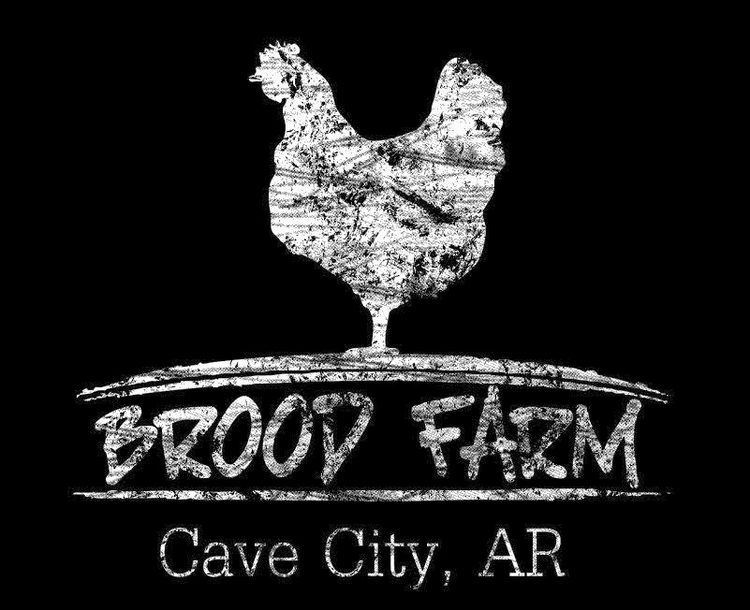According to the NPD research group, 9 out of 10 households always stock eggs. What if you could permanently scratch that item off your grocery list. That's what we and tons of other backyard chicken farmers have done. Could backyard chickens be in your future?
Spring is in the air. Take a trip to your local co-op or Tractor Supply store, and you'll be able to hear the chirping that signifies spring. Before you fall for those adorable chick-a-dees, though, be sure you understand the commitment you'd be making by taking them home.
The Laws:
Is it legal to keep chickens where you live? You'd need to check out the zoning guidelines for where you live. These guidelines may include "how many birds you can raise, how much space is required, how far from neighbors' property the coop needs to be set," and whether or not your flock can include a rooster (which is only necessary if you're planning to hatch your own chicks in the future). All that said, more and more big cities are catching on to the "urban chicken" craze and allowing chickens within the city limits. Cities such as New York, San Franscisco, Los Angeles, Seattle, and St. Louis all now allow chickens as well as goats.
The Cost of Getting Started:
1. Housing -- This will probably be the most expensive investment. I've seen some coops online that've been constructed for free by recycling old materials. We opted for a locally-made chicken tractor that is moved around the yard and has a bottomless cage, allowing the chickens access to fresh grass and bugs.
My husband has since helped a friend construct a chicken tractor, mimicking the design of ours. Also, a different, less-souped-up version for use with our meat chickens this spring is currently under construction.
2. Fencing -- If you go the chicken tractor route, you've got a fenced-in run already. If you go with a stationary coop, you'll need some type of fencing to keep your birds safe while allowing them access to fresh air and ground.
3. Cost of birds -- Our birds were purchased as 5-month-old pullets that were just about to begin laying. We paid $8 for each bird. Chicks can be purchased for much cheaper. They were $2.50 apiece at the co-op the other day.
4. Feeders and waterers-- Here's what we purchased.
5. Container to hold feed -- To keep mice and other critters out of your feed bags, you'll need a place to store them. We just use Rubbermaid containers and trashcans with secure lids.
Maintenance Costs:
Other than start-up costs, you will have a few other costs to consider. Of course, you'll have to keep your chickens fed. You'll also need wood shavings, straw, or some other type of bedding for the coop. And, if you're planning to use your chickens for meat and aren't up to processing them yourself, you'll need to factor in the cost of having someone else do that for you.
Time Commitment:
If you start with chicks, you'll need to plan on checking in on them several times a day for the first few weeks. Once they're outside and laying, you'll need to gather eggs at least once a day (twice a day on days that are extremely hot or cold). John moves our chicken tractor every-other day to a new patch of grass, feeds them daily, and provides fresh water daily. He cleans out the coop and adds new bedding about every 10 days.
Security Measures:
Raccoons are smart little critters. So, if your backyard isn't raccoon-proof, you'll need to be sure that your coop is. We added special latches to our laying boxes and gate so that raccoons can't get in. Hawks are another danger, so be sure that your run (or area where your chickens hang out) is covered in some way to protect them from those flying pests.


After reading all this, you may be wondering if it's very cost-effective to produce your own eggs in your backyard. I guess the short answer is . . . no. Yes, when we do the math, factoring in the feed and bedding costs, our eggs are cheaper than store-bought eggs. But that doesn't factor in the significant start-up costs. But there are some rewards to chicken farming that are not monetary. If you've got kids, just wait until you see them race to don their muck boots at 6:30 am because they don't want to miss the morning feeding with dad. Or, how excited they get when they go out with the basket and come back in with 8 eggs (We have 8 layers and since chickens lay about once every 28-32 hours, it's rare to have an "8-egg-day.").
Of course, if this all sounds good to you, you'll need to do some more research before taking the plunge. Check out our
Homesteading Resources tab for some of our recommended chicken reading.
A special thanks to the April/May Backyard Poultry magazine from which come some of the quotes included above.





























































